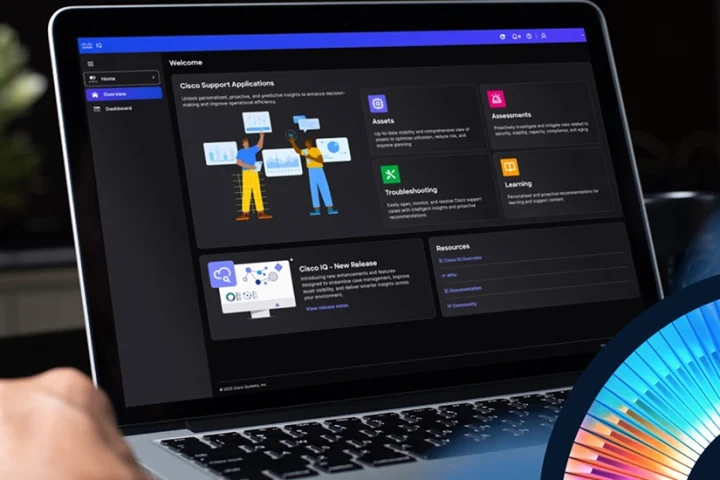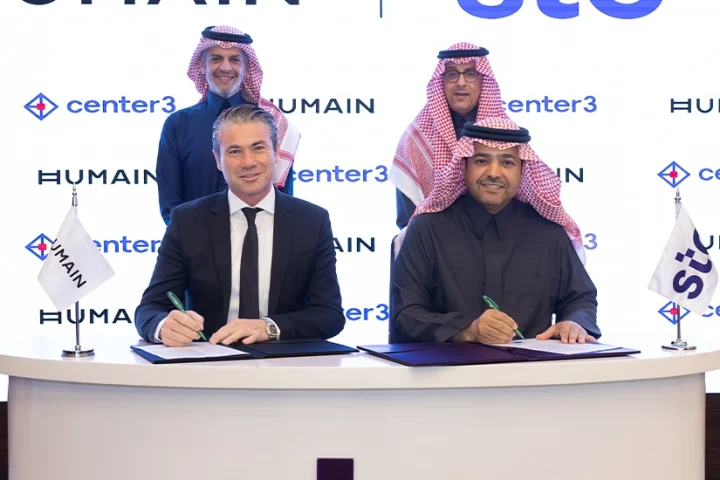Security systems represent a significant investment, yet many security teams still only use a small percentage of their physical security systems’ capabilities. When users aren’t tapping into the full power of the solution they bought, they aren’t realizing their full return on investment. This creates a consumption gap.
Understandably, systems integrators are primarily focused on installation—delivering reliable solutions that meet customers’ security goals to ensure their long-term success. However, engagement can go beyond deployment. Closing the consumption gap can be a strategic way how organizations across the region can differentiate themselves from competitors. The deeper you understand your customer’s business, the better advice you’re able to offer—and the stronger partnership you form.
Why do consumption gaps exist?
For customers, finding the time to learn multiple capabilities of a security system can be time consuming. There are many reasons why customers may not be taking full advantage of the features available to them in their security platform. They may feel overwhelmed by a steep learning curve after deployment and might delay diving into the additional system features. Sometimes, there might be a lack of awareness of the technology’s full capabilities, and despite a willingness to learn, there are few options for training. Often, it can simply be they are not aware of the benefits of their system or are too busy with day-to-day and urgent tasks to learn other features.
Bridging the consumption gap
Systems are designed to cater to diverse use cases and expand market appeal, but the objective isn’t to make everyone use all features. It is important to guide customers toward the features and functionality that best meet their needs. This involves minimizing friction in their daily operations, solving specific business issues, and tackling their crucial challenges.
Customers may not implement all features immediately, so it’s beneficial to propose a gradual system and process evolution plan. A customized training approach can maximize their investment value. Additionally, some manufacturers offer learning management tools for customers to learn at their own pace, enabling them to expand their system understanding according to their bandwidth and derive more benefits from it.
Simplifying deployment
With the right software partners, systems integrators can focus on solving customer problems, not reactively troubleshooting issues. Look for manufacturers who offer good support systems for integrators. This includes not only quality technical support but also configuration and training services you can build on. Look for partners that offer tools and consultation services you can use to complement your value-added services, either to spend less time on the basics or for specialized expertise on complex projects.
If the end user interface is easy to use but changes on the back end are difficult, the resulting friction can contribute to the widening consumption gap. It becomes time-consuming to upgrade or modify the system, making customers hesitant to implement changes.
Configuration should be painless. If the system has a solid graphical user interface, you’ll be able to interact with the software in a fluid and intuitive way. When the system is intuitive for both you and your customers, you spend less time on setup and training and can invest more attention in value-added activities.
A consumption gap could be a sign that technological innovation is outpacing people’s ability to implement them in their day-to-day lives. You can work with your customers to simplify the adoption of the innovations so they can more easily implement them and realize the full value of their investment. By reviewing opportunities to bridge the consumption gap for your customers, you increase the likelihood of growing and renewing your system and service contracts and building relationships as a trusted partner.




















